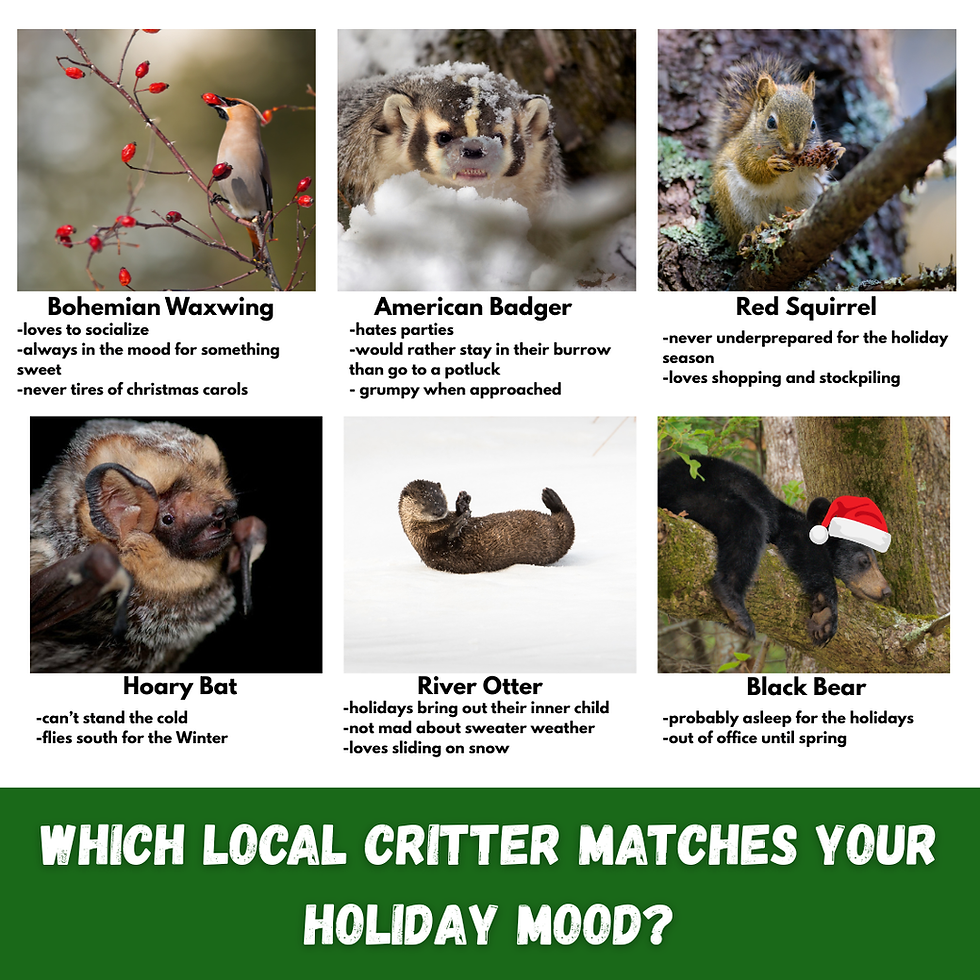Get Rid of Your "Heat Island" and Plant a Xeriscape Pollinator Garden Instead!
- osstewardship
- Jul 10, 2024
- 2 min read
Updated: Jul 11, 2024
There are so many benefits of swapping out your rock-covered yard with a xeriscape pollinator garden. Rocks can create "heat islands" by soaking up heat from the sun and then radiating it back to the surrounding area, causing your house to heat up a lot more in these already hot summer months. If you'd like to keep your house cooler and have a beautiful yard, along with supporting native pollinators, then read on!
The word xeriscape simply means to landscape an area with water conservation in mind. This means that most xeriscape-friendly plants are able to survive with very little water compared to other commonly used landscaping plants, and can often tolerate higher temperatures. Using mulch as a ground cover instead of rocks will also help, because mulch can hold water and keep the soil cooler. A lot of the plants used for xeriscapes in the Okanagan are actually native to this area, which makes sense since they evolved to withstand the hot and dry conditions we have here. This means they will attract the native pollinators that evolved co-dependently with them.
One of the most important things to remember when planning your pollinator garden is to pick a set of plants that will provide nectar consistently from spring through fall. Pollinators like bees and butterflies visit flowers and plants because the pollen and nectar inside provides them with nutrients. Because of this, it is important to ensure that any pollinator garden you create has a large variety of flowers with at least some blooming at any given time of the year. A garden that is bursting with flowers in June but has nothing to offer in August will not be as helpful or attractive to pollinators as a garden that has flowers all season long.
You can also attract pollinators by planting in clusters so that they are able to find the plant more easily, setting up shallow dishes of water with stones placed inside to provide them with a water source, leaving brush piles around to provide them with hiding and nesting sites, and reducing pesticide use to keep the garden safe.
Below are some of the many native flowering plants that bees and other pollinators like to visit for each season (click each image to expand).
Spring blooming | Summer blooming | Fall blooming |
|
|
|
In the Okanagan, examples of local nurseries that sell native and xeriscape plants include:
Sagebrush Nursery (Oliver): http://www.sagebrushnursery.com/
XEN Xeriscape Endemic Nursery (West Kelowna): https://www.xeriscapenursery.ca/
Wild Bloom Nursery (Kelowna): https://wildbloomnursery.com/
While they don't sell native plants, the Okanagan Xeriscape Association has an incredible searchable database where you can select native plants and bloom-month. We encourage you to check it out! www.okanaganxeriscape.org













Planting a xeriscape pollinator garden is such a smart way to beat the heat island effect while supporting bees, butterflies, and other pollinators. Plus, when planning your garden, it’s wise to consider pest control strategies early on to protect your plants naturally and maintain a healthy, thriving ecosystem without harsh chemicals.
I’m so inspired by the idea of transforming heat islands into xeriscape pollinator gardens—it’s a powerful way to support bees and butterflies while cutting down on water use and cooling our neighborhoods. When I redesigned my own yard, I wanted to add structure to balance the low-water plants, so I planted a cypress tree based on GrowCycle’s guide. Its tall, elegant form provides shade and visual interest, making my garden both beautiful and functional. Combining drought-tolerant blooms with trees like cypress feels like the perfect way to create a welcoming space for pollinators and people alike.